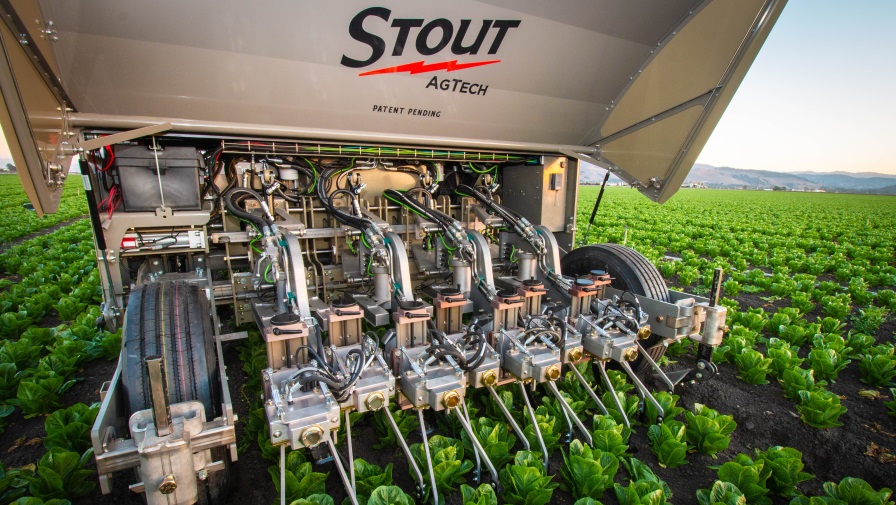Opinion: Green Revolution Part II

In agricultural circles, the late Dr. Norman Borlaug is revered for his groundbreaking work in wheat breeding, which is credited with saving more than a billion people from starvation, particularly in India and Pakistan. For this work, he was called the father of the Green Revolution and was awarded the Nobel Peace Prize in 1970.
In doing some research for the story on the 150th anniversary of land grant universities that will be celebrated this year (page 20), I looked deeper into Borlaug’s work and legacy. His achievements and accolades are many, but I was surprised somewhat by the volume of his critics.
I found one story from National Public Radio (NPR) that reported from India just how bad the Green Revolution had been for the farmers there. The story told of growers draining water supplies to feed over-productive crops, reliance on pesticides, and growers finding themselves in a cycle of debt to pay for all the needed inputs to produce. One Indian farmer even complained life was now like a “rat race” because farmers could afford to move into nicer homes — kind of keeping up with the Joneses India style.
There are other organizations that make similar claims. Many of these appear to have a beef with biotechnology and the multinational companies that provide it.
My beef with these groups is they are more about criticism than any constructive suggestions. Take the NPR story, you listen to it and come away with the impression that the Green Revolution was a bad thing. But, what in the absence of the Revolution? Millions of people would have died of starvation without the plant breeding and farming techniques advanced by Borlaug. Surely, these critics can’t believe that would have been a good thing.
I understand critics are pointing out that some of the practices that have been adopted by growers since the Green Revolution are not sustainable. But, that does not make the science bad.
Borlaug even suggested that many of his critics were Western elites who made judgments on high about how the developing world should go about feeding itself. He noted many of them had never felt the physical sensation of hunger.
Casting stones is pretty easy on a full belly, but that doesn’t necessarily help feed the world. Whether you are a fan or critic of Dr. Borlaug, there is little argument that we must foster a second Green Revolution if we hope to feed a world population that is expected to grow to 9 billion people in the next 50 years.
Where will this Green Revolution come from?: From science and men and women with genius like that of Borlaug. We’ve learned a lot since the first Green Revolution, so the next can help solve problems of sustainability pointed out by critics. These will include developing high-yielding hybrids that are more pest, disease, and drought tolerant. In doing this, growers will be able to reduce chemical inputs and grow with less water. We will even see the development of more efficient fertilizers and varieties that make better use of nutrients. All of this should make critics of modern farming practices happy, right? Maybe so, but I’ve got a feeling they will find more things to criticize. Don’t worry. Our ag scientists will find solutions, perhaps in a third Green Revolution.










